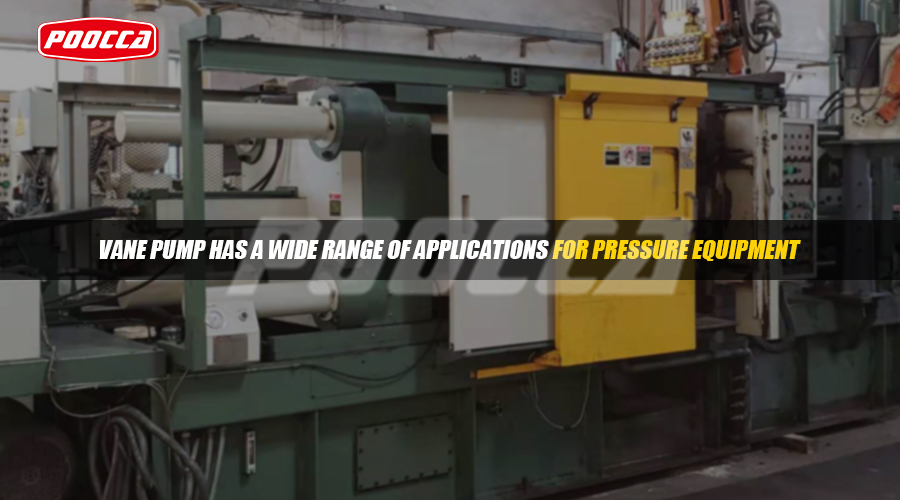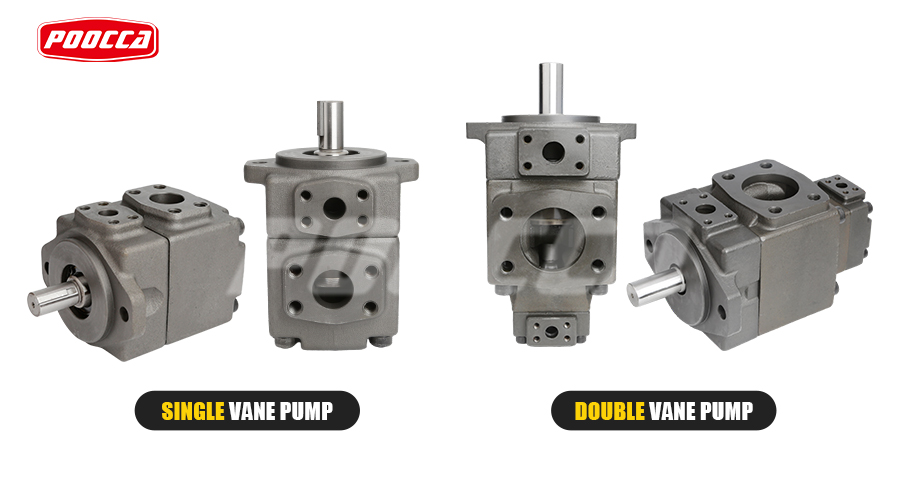Hydraulic systems are the lifeblood of industries ranging from manufacturing and construction to aerospace and automotive. At the heart of these systems is the vane pump, which plays a key role in converting mechanical energy into hydraulic power. Single vane pumps and double vane pumps are two common types, each with its own advantages and applications. By examining the differences between them, professionals and hobbyists can make informed decisions when choosing a pump that suits their specific needs.
Single vane pump
1. Design: A single vane pump, as the name suggests, contains a single vane rotating within an eccentric cam ring. This design enables a simple and compact configuration.
2. Efficiency: Single vane pumps are known for their high mechanical efficiency. The single blade design allows for low friction and minimal energy loss during operation. This efficiency makes them suitable for applications where energy conservation is a priority.
3. Noise level: Compared to double vane pumps, single vane pumps generally run quieter due to lower friction and simpler design. In applications where noise pollution is a concern, reducing noise levels may be advantageous.
4. Volumetric Efficiency: These pumps generally offer higher volumetric efficiency. They provide a consistent and stable flow of hydraulic oil, which is important to maintaining system performance.
5. Application: Single vane pumps are typically used in systems requiring low to medium flow rates, such as small hydraulic power units, machine tools, and industrial applications with lower power requirements.
Double vane pump
1. Design: A twin vane pump has two vanes, each rotating within its own cam ring. This dual-blade setup allows them to handle higher flow rates and pressures.
2. Flow: Twin vane pumps are ideal for applications requiring high flow and pressure, making them ideal for heavy machinery and systems with demanding power requirements.
3. Pressure Capability: They excel in applications requiring high pressure, such as construction equipment, automotive power steering systems, and hydraulic presses. Dual blade design allows for more powerful pressure handling.
4. Heat dissipation: Double-vane pumps have better heat dissipation capabilities because they can handle larger flows. This is advantageous in applications where thermal management is critical to prevent overheating.
5. Versatility: Compared to single vane pumps, double vane pumps are more versatile and can handle a wider range of applications. They are typically selected for systems requiring variable flow and high power output.

Final
Single vane pumps and double vane pumps each have their own advantages and are tailored to specific hydraulic applications. The choice between the two depends on factors such as flow rate, pressure requirements, energy efficiency and noise considerations. It is critical for professionals in the hydraulic industry to understand these differences to select the pump that best suits their specific needs.
In summary, single vane pumps offer simplicity, high mechanical efficiency and low noise levels, making them suitable for applications with lower power requirements. Twin vane pumps, on the other hand, excel in high-flow, high-pressure applications, making them indispensable in the heavy machinery and automotive sectors.
As the hydraulic industry continues to develop, single-vane and double-vane pumps are likely to improve in design and performance, further expanding their application range and improving the efficiency and effectiveness of hydraulic systems in various industries.
Post time: Oct-20-2023






